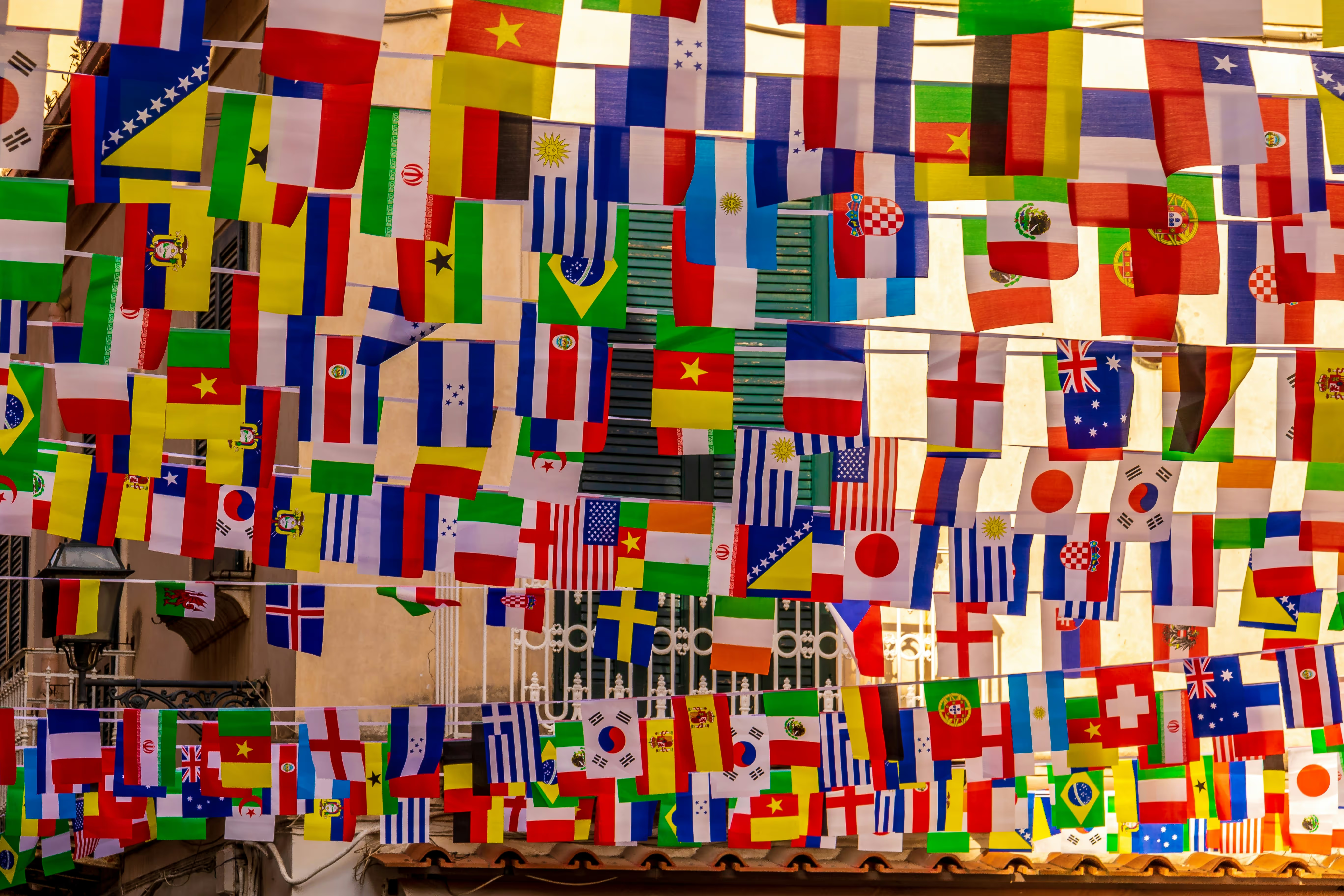Halloween Is Just Around The Corner!
Halloween, originating from Celtic festivals, transformed in America through Irish and immigrant influences, evolving into a secular, community-centered celebration marked by traditions like trick-or-treating, now a significant commercial holiday.


Halloween is celebrated each year on October 31. It has roots in age-old European traditions. It originated with the ancient Celtic festival of Samhain, (pronounced Sow-ween), and was believed to be the time of year when spirits would return to join the living world. People would light bonfires to welcome their ancestors to the physical realm and wear costumes to ward off evil spirits. In the eighth century, Pope Gregory III designated November 1 as a time to honor all saints; soon, All Saints Day incorporated some of the traditions of Samhain. The evening before was known as All Hallows Eve, and later Halloween. Over time, Halloween evolved into a day of activities like trick-or-treating and carving jack-o-lanterns. Around the world, as days grow shorter and nights get colder, people continue to usher in the season with gatherings, costumes, and sweet treats.
Halloween Comes to America
Celebration of Halloween was extremely limited in colonial New England because of the rigid Protestant belief systems there. Halloween was much more common in Maryland and the southern colonies. As the beliefs and customs of different European ethnic groups, as well as the American Indians, meshed, a distinctly American version of Halloween began to emerge. The first celebrations included “play parties,” public events held to celebrate the harvest, where neighbors would share stories of the dead, tell each other’s fortunes, dance, and sing. In the second half of the nineteenth century, America was flooded with new immigrants. These new immigrants, especially the millions of Irish fleeing the Irish Potato Famine, helped to popularize the celebration of Halloween nationally.
Trick-or-Treat
Borrowing from Irish and English traditions, Americans began to dress up in costumes and go house to house asking for food or money, a practice that eventually became today’s “trick-or-treat” tradition. Young women believed that on Halloween they could divine the name or appearance of their future husband by doing tricks with yarn, apple parings, or mirrors. In the late 1800s, there was a move in America to mold Halloween into a holiday more about community and neighborly get-togethers than about ghosts, pranks, and witchcraft. At the turn of the century, Halloween parties for both children and adults became the most common way to celebrate the day. Halloween parties focused on games, foods of the season, and festive costumes. Parents were encouraged by newspapers and community leaders to take anything “frightening” or “grotesque” out of Halloween celebrations. Because of these efforts, Halloween lost most of its superstitious and religious overtones by the beginning of the twentieth century.
Halloween Parties
By the 1920s and 1930s, Halloween had become a secular, but community-centered holiday, with parades and town-wide Halloween parties as the featured entertainment. Despite the best efforts of many schools and communities, vandalism began to plague some celebrations in many communities during this time. By the 1950s, town leaders had successfully limited vandalism, and Halloween had evolved into a holiday directed mainly at the young. Due to the high numbers of young children during the fifties baby boom, parties moved from town civic centers into the classroom or home, where they could be more easily accommodated. Between 1920 and 1950, the centuries-old practice of trick-or-treating was also revived. Trick-or-treating was a relatively inexpensive way for an entire community to share the Halloween celebration. In theory, families could also prevent tricks being played on them by providing the neighborhood children with small treats. Thus, a new American tradition was born, and it has continued to grow. Today, Americans spend an estimated $6 billion annually on Halloween, making it the country’s second-largest commercial holiday after Christmas. Of course we also celebrate Halloween in our language schools in the USA.
Things You Probably Didn’t Know About Halloween
- Originally, you had a dance for your “treat.”
- Halloween is more Irish than St. Patrick’s Day.
- Jack-o’-lanterns were once made out of turnips, beets, and potatoes — not pumpkins.
- Halloween used to be a great day to find your soulmate.
- In a few American towns, Halloween was originally referred to as “Cabbage Night.”
- Some animal shelters won’t allow the adoption of black cats around Halloween for fear they’ll be sacrificed.
- Studies have shown that Halloween actually makes kids act more evil.
- A full moon on Halloween is extremely rare.
- Halloween is the second-most commercial American holiday of the year.
- A typical child's loot bag has about 11,000 calories.

Frequently Asked Questions
.avif)
Learn English in the USA: Why California’s West Coast Is the Ultimate Place to Study — From San Diego to Los Angeles
Sunshine, beaches, and world-class education — discover why the West Coast, especially San Diego and Los Angeles, is the best place to learn English in the USA.
%20-%20Students%20at%20the%20sea%20(Blog).avif)
The Most Beautiful Places in and Around Vancouver – Perfect for Language Students Who Want to Learn English in Vancouver
Explore the most beautiful places in and around Vancouver while you learn English in Vancouver. From Stanley Park to Whistler, discover why students love combining study and adventure in Canada
.avif)
The Complete Guide to Living With a Host Family in the USA or Canada
Living with a host family in the USA or Canada is an authentic way to learn English and experience local culture. Discover what’s included, how to prepare, and why CEL’s homestays are the ideal home abroad.

De l’Allemagne à la Californie – Le séjour linguistique de Lisa à Santa Monica
Lisa, étudiante allemande, partage son expérience d’un séjour linguistique à Los Angeles : cours d’anglais à CEL Santa Monica, stage en entreprise, soleil, plage et rencontres internationales – le rêve californien devient réalité.

Action Verbs: A Quick Guide
Master action verbs for effective communication at the College of English Language in California. Join our tailored courses led by experienced native teachers for comprehensive learning.
.jpg)
La culture des USA expliquée : 7 choses qui vont te surprendre pendant ton séjour linguistique USA
Un séjour linguistique USA réserve bien des surprises : convivialité, nourriture, school spirit, diversité… Découvre 7 aspects de la culture américaine qui rendront ton expérience inoubliable.

English Language Activities For Different Learning Styles
Find your learning style and effective note-taking methods with Los Angeles language courses at the College of English Language
.avif)
Travailler en anglais dans un environnement international : mon stage chez CEL à San Diego
Une étudiante en master de traduction partage son stage chez CEL San Diego : immersion totale en anglais et espagnol, missions professionnelles variées et vie multiculturelle dans une ville unique à la frontière du Mexique.











